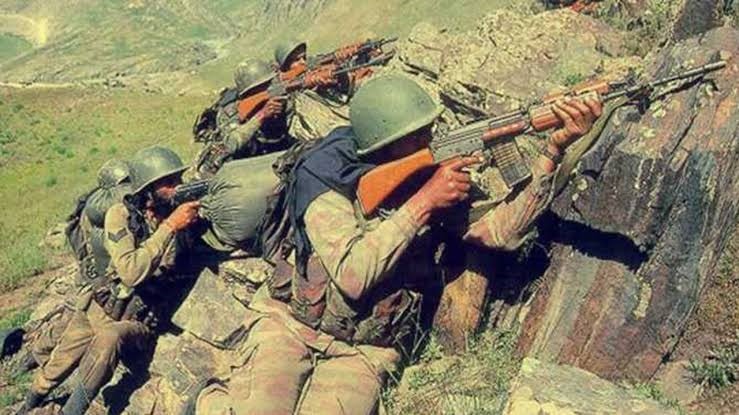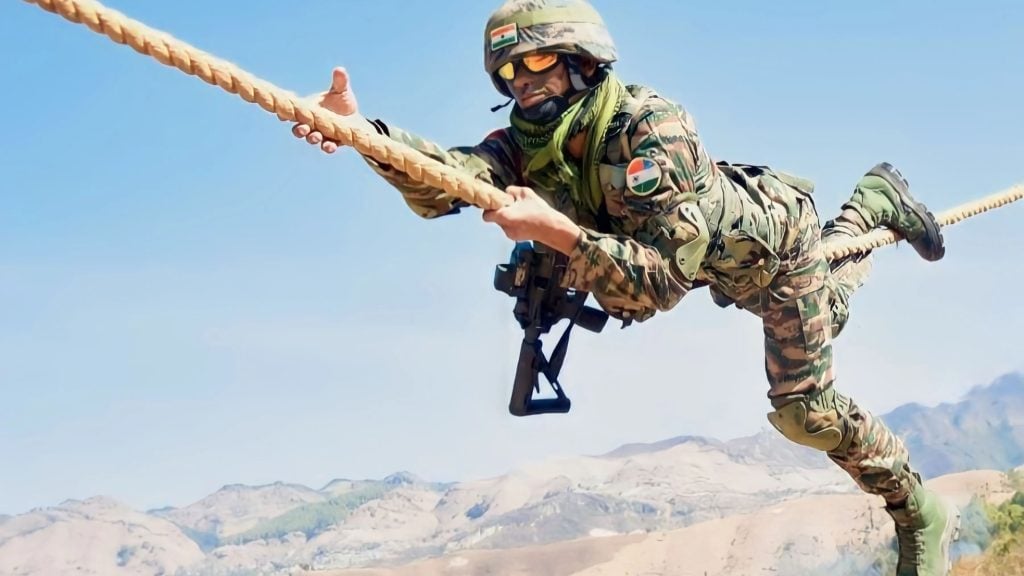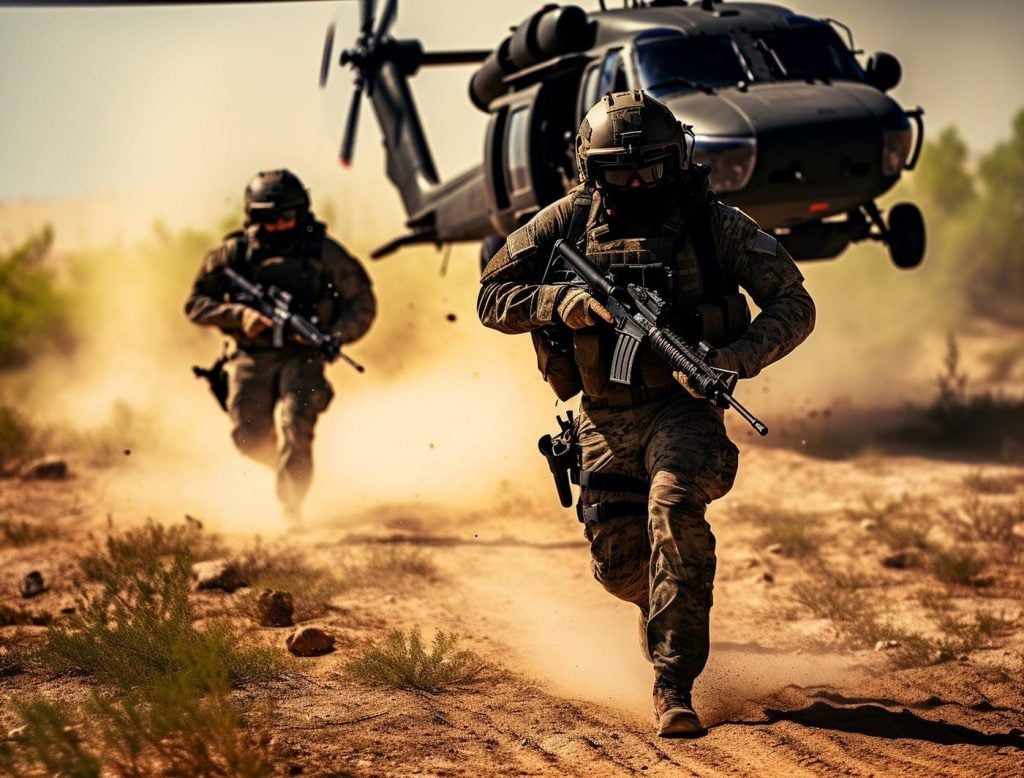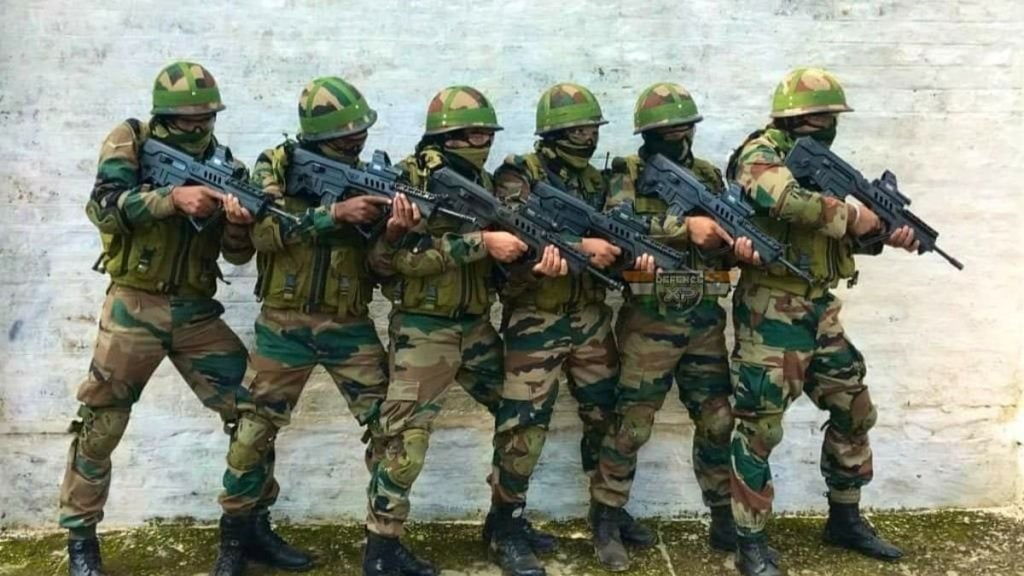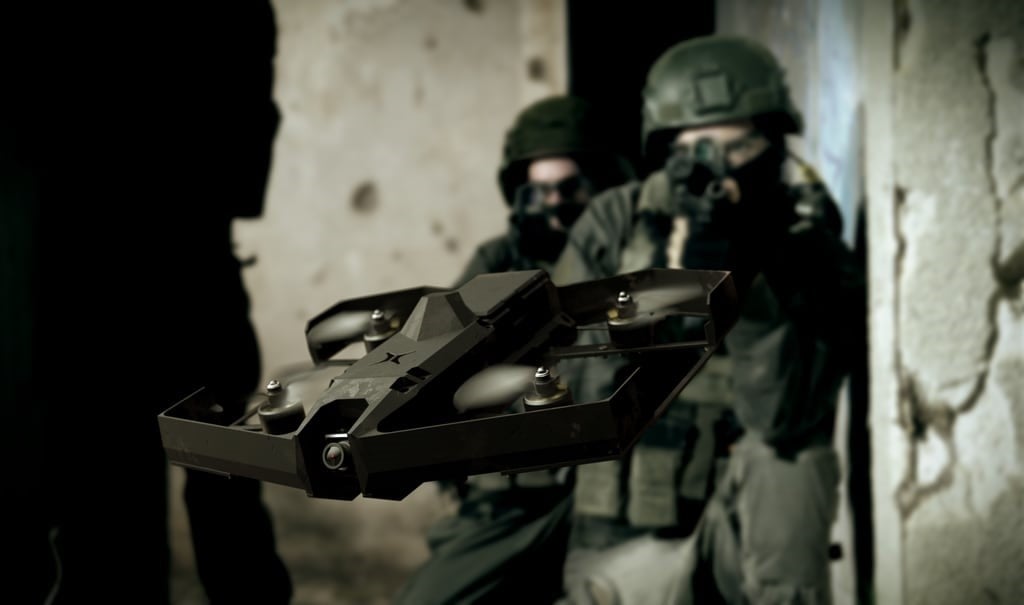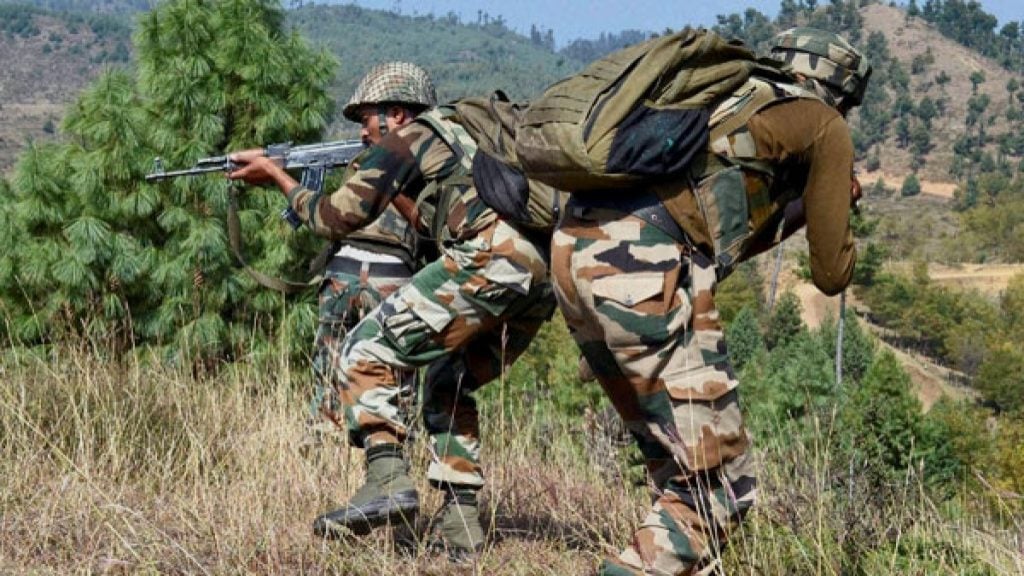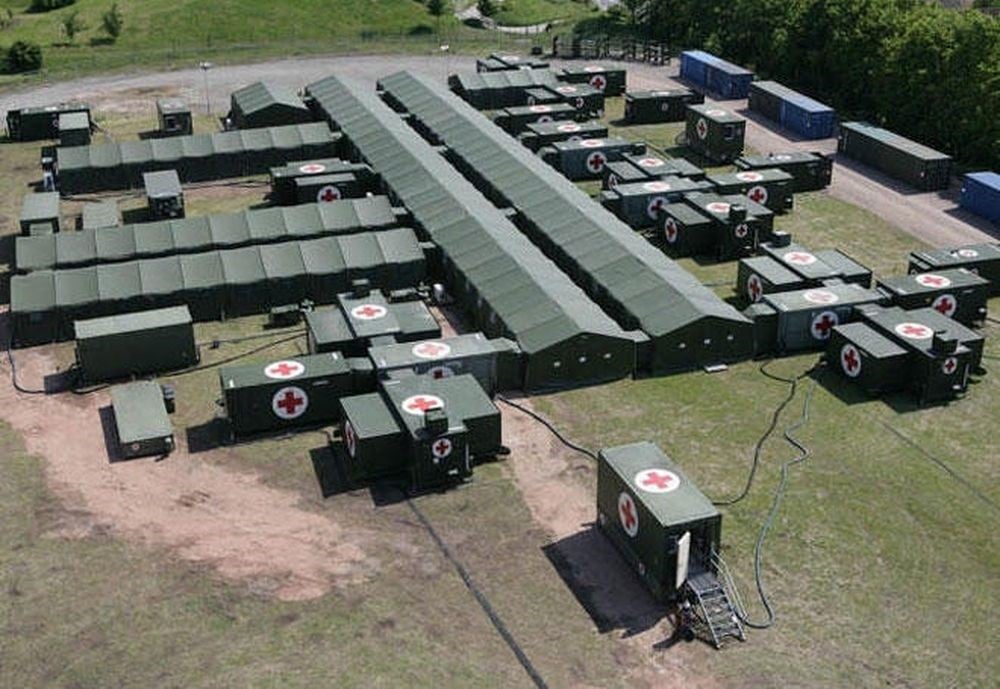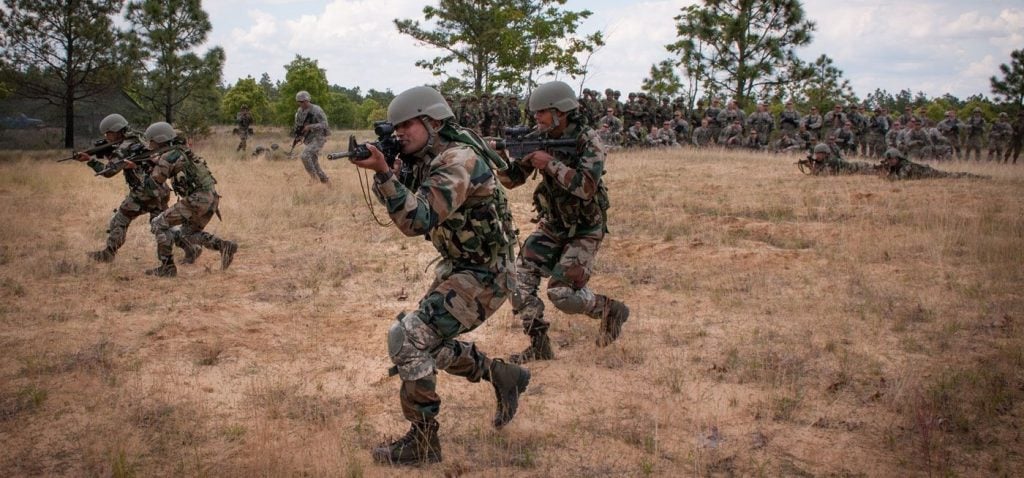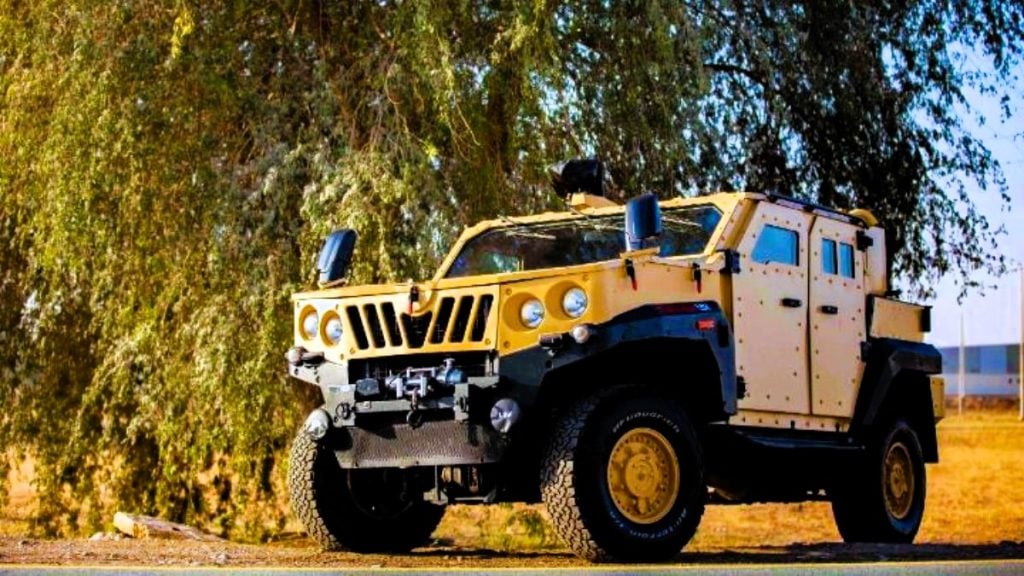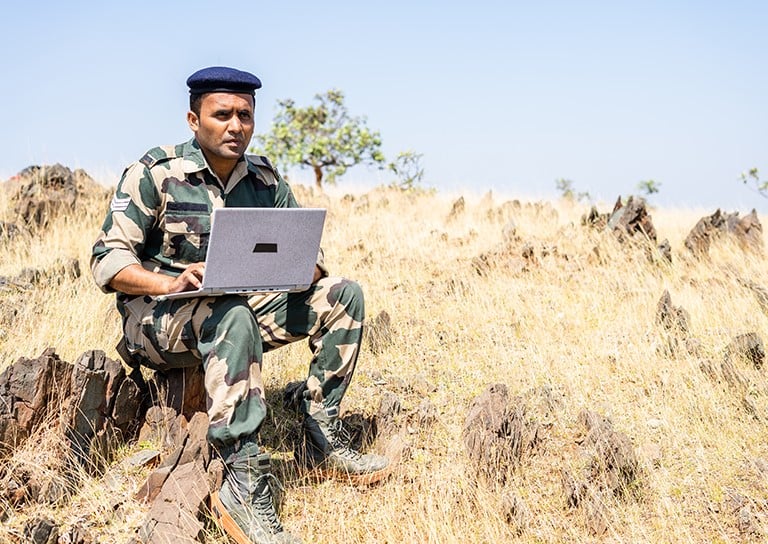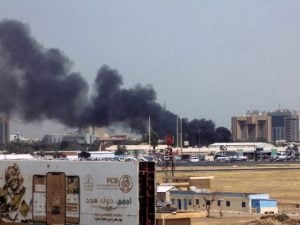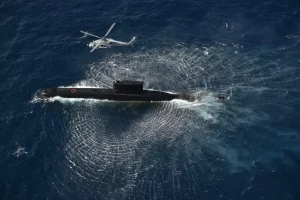The military’s strategic framework, known as the “7 Functions of Combat,” serves as the foundation for planning and executing successful military operations. These functions encompass the essential elements required to achieve military objectives, ensuring the effective movement and maneuver of troops, gathering and analyzing intelligence, employing firepower, sustaining operations, coordinating command and control, protecting friendly forces, and leveraging information to influence the adversary and other stakeholders.
By understanding and integrating The 7 Building Blocks of Military Combat, the military can enhance the efficiency and effectiveness of its operations, minimize risks to personnel and resources, and increase the likelihood of mission success.
The 4 Top Timeless Treasures of the Indian Air Force’s Heritage Fleet
The Significance of the 7 Combat Functions
The 7 combat functions provide a structured and comprehensive approach to military planning and execution, enabling the armed forces to systematically address all critical aspects of an operation. This framework allows commanders to anticipate enemy tactics, respond swiftly to changing conditions, and coordinate the various elements of their forces to achieve their goals. By applying these functions, the military can maximize the impact of their actions, optimize the use of resources, and reduce the overall risk to their personnel and assets.
1. Movement and Maneuver
The ability to move and maneuver forces on the battlefield is a fundamental aspect of military operations. This function encompasses the physical movement of troops, vehicles, and equipment, as well as the strategic positioning of forces to gain an advantage over the enemy. Effective movement and maneuver enable the military to react quickly to changing circumstances, seize key terrain, and outmaneuver adversaries, ultimately increasing the likelihood of mission success.
Tactical Mobility
Ensuring the tactical mobility of forces is crucial for the military. This involves the seamless deployment and redeployment of troops, the efficient transportation of supplies and equipment, and the ability to rapidly navigate diverse terrain and obstacles. By maintaining high levels of tactical mobility, the military can respond swiftly to evolving situations and exploit opportunities as they arise.
Strategic Positioning
The strategic positioning of forces is a critical aspect of movement and maneuver. By carefully considering the terrain, enemy dispositions, and operational objectives, military commanders can position their units in a way that maximizes their tactical advantage. This may involve the deployment of forces to key strategic locations, the establishment of defensive positions, or the execution of flanking maneuvers to outmaneuver the adversary.
2. Intelligence
Gathering and analyzing accurate intelligence is essential for military decision-making and the development of effective strategies. The intelligence function encompasses the collection, processing, and dissemination of information about the enemy, the operational environment, and potential threats. By understanding the adversary’s capabilities, intentions, and vulnerabilities, the military can anticipate their actions and develop countermeasures to gain the upper hand.
Collection and Analysis
The military employs a wide range of intelligence-gathering methods, including human intelligence (HUMINT), signals intelligence (SIGINT), imagery intelligence (IMINT), and open-source intelligence (OSINT). The data collected from these sources is then analyzed by specialized teams to identify patterns, trends, and potential threats, providing commanders with the necessary information to make informed decisions.
Dissemination and Utilization
Effective intelligence requires not only the collection and analysis of data but also the timely dissemination of actionable information to the appropriate decision-makers. The military uses secure communication channels and information-sharing systems to ensure that intelligence is quickly and securely distributed to those who need it, enabling them to develop and execute strategies that capitalize on the available knowledge.
How the Indian Air Force Protects the Sky from Enemies
3. Fires
The fires function encompasses the employment of various weapon systems and other resources to engage and neutralize enemy forces, equipment, and infrastructure. This includes the use of artillery, air strikes, missiles, and other forms of direct and indirect fire. The effective integration of fires into military operations is crucial for gaining and maintaining the initiative, suppressing enemy capabilities, and achieving desired effects on the battlefield.
Precision Targeting
Advancements in technology have enabled the military to employ precision-guided munitions and advanced targeting systems, allowing for more accurate and effective engagements. By precisely targeting enemy assets, the military can minimize collateral damage and increase the overall efficiency of their firepower.
Integrated Fire Support
Integrating fires with other combat functions, such as movement and maneuver, is essential for achieving synergistic effects. The military coordinates the use of various fire support assets, including artillery, air power, and naval gunfire, to provide comprehensive fire support that enhances the overall effectiveness of military operations.
4. Sustainment
The sustainment function ensures that the military has the necessary resources, supplies, and support to maintain continuous operations. This includes the provision of logistics, medical services, maintenance, and other essential services required to sustain the fighting force. Effective sustainment is crucial for ensuring the long-term viability of military operations and the well-being of personnel.
Logistics and Supply Chain Management
The military’s logistics and supply chain management systems are designed to efficiently deliver the right resources to the right place at the right time. This involves the coordination of transportation, storage, and distribution of supplies, as well as the management of inventory and procurement processes.
Personnel and Medical Support
Maintaining the health and well-being of military personnel is a critical aspect of the sustainment function. The military provides comprehensive medical services, including field hospitals, evacuation procedures, and rehabilitation programs, to ensure that injured or ill personnel receive the necessary care and support.
5. Command and Control
The command and control function is responsible for the coordination and direction of all military activities, ensuring that the various elements of the armed forces work together seamlessly to achieve the desired objectives. This function encompasses the decision-making processes, communication systems, and information management that enable the effective planning, execution, and monitoring of military operations.
Centralized Decision-Making
Military command and control relies on a hierarchical structure that allows for centralized decision-making and the efficient allocation of resources. This hierarchy ensures that commanders at all levels have the authority and information necessary to make informed decisions and provide clear directives to their subordinates.
Communication and Information Management
Effective communication and information management are essential for the successful implementation of command and control. The military utilizes a range of secure communication systems, including radio, satellite, and digital networks, to facilitate the rapid and reliable exchange of information between various echelons of the armed forces.
6. Protection
The protection function is responsible for safeguarding military personnel, equipment, and infrastructure from enemy threats and environmental hazards. This includes the use of defensive measures, such as armored vehicles, personal protective equipment, and air defense systems, as well as the implementation of security protocols and emergency response procedures.
Force Protection
Force protection involves the measures taken to shield military personnel and assets from enemy attacks, natural disasters, and other potential threats. This may include the deployment of security forces, the establishment of defensive positions, and the implementation of early warning systems.
Critical Infrastructure Protection
The military also plays a crucial role in protecting critical infrastructure, such as communication networks, transportation hubs, and energy facilities, which are essential for the successful execution of military operations and the broader functioning of society.
7. Information
The information function encompasses the use of communication, propaganda, and other means to influence the perceptions, decision-making, and actions of the enemy, friendly forces, and other stakeholders. This function is crucial for shaping the information environment to the military’s advantage and disrupting the adversary’s ability to effectively respond to the situation.
Strategic Communication
The military employs strategic communication to disseminate information and shape narratives that support its objectives. This may involve the use of public affairs, military information support operations, and other communication channels to convey messages and influence the attitudes and behaviors of target audiences.
Information Warfare
In addition to strategic communication, the military also engages in information warfare, which involves the use of electronic warfare, cyber operations, and other techniques to disrupt, degrade, or manipulate the information systems and decision-making processes of the enemy.
The Reason Indian Airline Staff Might Ditch Perfumes
Conclusion
The 7 functions of combat serve as the foundation for the military’s strategic planning and execution, ensuring the effective and efficient utilization of resources, the coordination of diverse elements, and the achievement of desired objectives. By understanding and integrating these functions, the armed forces can enhance their operational capabilities, minimize risks, and increase the likelihood of mission success. As the nature of warfare continues to evolve, the military’s mastery of these crucial building blocks will remain essential for maintaining a decisive edge in the ever-changing landscape of modern military operations.
FAQs
1. What are the 7 combat functions?
The seven core warfighting functions are command and control, fires, force protection, information, intelligence, logistics, and maneuver.
2. What are the 4 elements of combat?
The foundational aspects of warfare are built upon the physical elements of combat power, which include movement and maneuver, fires, protection, and sustainment.
3. What are the elements of combat power in the Army?
Combat power consists of eight components: leadership, information, mission command, movement and maneuver, intelligence, fires, sustainment, and protection.
4. What are the combat skills?
Combat skills are the abilities that dictate a player character’s fundamental, inherent capacity to engage in combat, independent of external circumstances or talents.
5. What are the tactical functions of combat?
Military tactics involve the skill of arranging and using combat forces on or near the battlefield. This includes the application of four interconnected battlefield functions: firepower (kinetic), mobility, protection (security), and shock action.
